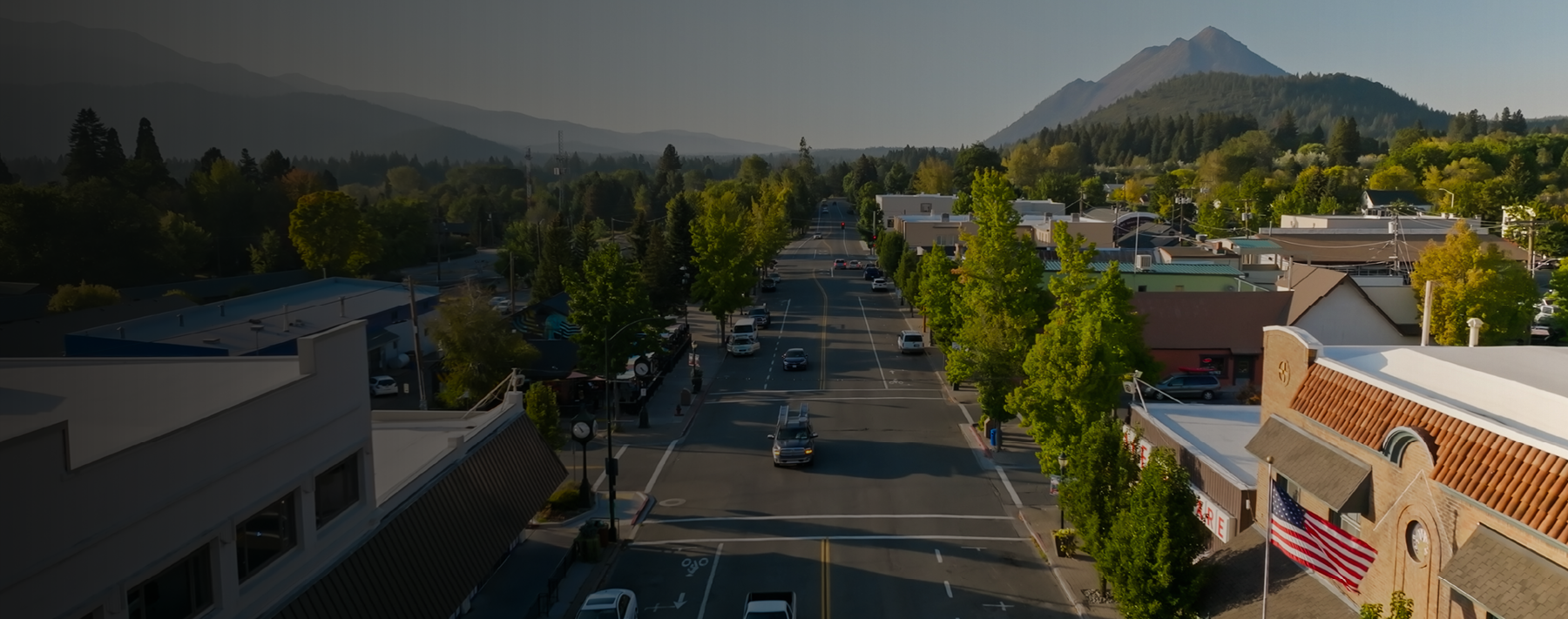The Community Development Block Grant (CDBG) program of the U.S. Department of Housing and Urban Development (HUD) was established in 1974 under the Housing and Community Development Act, marking a significant shift in how federal funds are allocated to local governments. Instead of a one-size-fits-all approach, CDBG provides flexibility, allowing communities to tailor the use of funds to meet their specific needs. This flexibility remains a core strength of the program, enabling it to adapt to the changing landscape of community development over the past 50 years.
Over the past five decades, the CDBG program has played a pivotal role in empowering local governments to address their unique challenges and seize opportunities for growth.
CDBG Funding for Community Development
According to the CDBG Impact Report, the program has reached nearly every corner of the nation, supporting projects ranging from infrastructure improvements and affordable housing to economic development and public services.
Communities have leveraged CDBG funds to initiate and sustain transformative projects that might otherwise have been out of reach. The program’s flexibility allows local governments to invest in areas that will have the most significant impact on their residents, particularly those from low- and moderate-income backgrounds.
eBook: 5 Common Grant Application Mistakes DOWNLOAD NOW
For example, in Richmond, Virginia, CDBG funds were used to renovate the New Clay House, a permanent supportive housing community. This project expanded the facility’s capacity, ensuring more individuals experiencing homelessness could access stable housing and support services. Similarly, in rural areas, such as the Town of Caryville, Florida, CDBG funds were used to upgrade outdated water systems, providing residents with reliable access to clean water and improved fire protection.
The ability to combine CDBG funds with other federal, state and local resources has further amplified their impact. By combining these monies with additional funding, communities have been able to complete larger, more comprehensive projects that address multiple needs simultaneously. This strategic use of CDBG has been critical in fostering sustainable, long-term development across the country.
The Role of CDBG in Public Safety
Beyond traditional community development projects, the CDBG program has also been instrumental in enhancing public safety. Law enforcement agencies and public safety organizations have successfully utilized CDBG funds to improve infrastructure, build new facilities and support crime prevention programs.
In cities like Las Vegas, Nevada, CDBG funds were pivotal in developing the Courtyard Homeless Resource Center, which offers shelter and comprehensive services to the city’s homeless population. This facility not only provides a safe space for individuals but also reduces the strain on local law enforcement by addressing the root causes of homelessness and related issues.
By investing in public safety infrastructure, such as street lighting and surveillance systems, communities have used CDBG to create safer neighborhoods. These improvements not only deter crime but also foster a sense of security among residents, contributing to a higher quality of life.
Instead of a one-size-fits-all approach, the Community Development Block Grant Program provides flexibility, allowing communities to tailor the use of funds to meet their specific needs.
Best Practices for Deploying CDBG Funds
As we look ahead, it’s important for local governments and community organizations to continue making effective use of CDBG funds. Here are some best practices for maximizing the impact of these federal grants:
- Strategic planning: Communities should develop comprehensive plans that align CDBG projects with broader development goals. This ensures funds are used efficiently and effectively to address the most pressing needs.
- Community engagement: Involving community members in the planning process helps ensure CDBG-funded projects have broad support and meet the actual needs of residents. Public participation is key to the program’s success.
- Collaboration and partnerships: Forming partnerships with other organizations — such as nonprofits, businesses and other government agencies — can enhance the scope and impact of CDBG projects. Collaborative efforts often attract additional funding and resources.
- Monitoring and evaluation: Regularly monitoring the progress of CDBG projects and evaluating their outcomes ensures funds are used effectively and that goals are being met. This also provides valuable insights for future projects.
- Pairing with additional funding: Combining CDBG funds with other sources of funding can amplify their impact and enable larger, more ambitious projects. This approach allows communities to address multiple needs and create comprehensive solutions.
The Future of CDBG: Continuing the Legacy
As local governments and organizations continue to apply for and receive CDBG funds, they will play a crucial role in shaping the next 50 years of community development in the United States. By embracing innovation, fostering collaboration and prioritizing the needs of their residents, communities can ensure the power of CDBG continues to be a force for positive change.
Lexipol’s team of expert grant writers, researchers and project managers is invested in providing grant services and assistance for law enforcement, fire service, EMS, dispatch, corrections and local government organizations. Let us build a custom grants solution for you!



